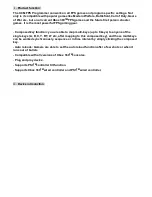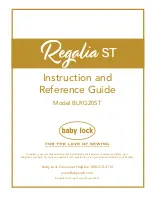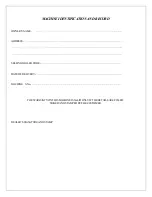
VMA303
V. 01
–
02/02/2017
3
©Velleman nv
4.
What is Arduino
®
Arduino
®
is an open-source prototyping platform based in easy-to-use hardware and software. Arduino
®
boards
are able to read inputs
–
light-on sensor, a finger on a button or a Twitter message
–
and turn it into an
output
–
activating of a motor, turning on an LED, publishing something online. You can tell your board what to
do by sending a set of instructions to the microcontroller on the board. To do so, you use the Arduino
programming language (based on Wiring) and the Arduino
®
software IDE (based on Processing).
5.
Overview
This package includes a water level sensor and a soil moisture sensor.
If the boards have water covering the sensor parts, an analogue value will be available at the "SIG"
connection.
voltage ...................................................................................................................5 VDC
dimensions .................................................................................................... 65 x 20 mm
weight ........................................................................................................................ 5 g
6.
Making a Soil Moisture Sensor
The hardware consists of an Arduino
®
microcontroller (here a Velleman VMA100 Arduino
®
Uno) and the soil
moisture sensor module.
The soil moisture sensor module, built around the LM393 comparator (not included), gives an active-low (L)
level output when the soil is dry (determined by a pre-set threshold value). This digital output (wet soil
→
L /
dry soil
→
H) is routed to one I/O terminal (D2) of the Arduino
®
microcontroller. Based on this input (at D2)
Arduino
®
gives an active-high (H) output through D13 when the soil is dry, and an active-low (L) output
when the soil is wet.
The +5 V supply line (VCC) of the module is linked to the 5 V line of the Arduino
®
. GND of the module is the
common (0 V) connection. The digital signal output to be detected (usually marked as DO in the module) is
applied to input D2 of the Arduino
®
. The analogue output (marked as AO) from the module is not used here.
The sensor head of the module contains two probes in a small metal PCB. When the sensor head is inserted
in wet soil, the moisture bridges the probes through a low-resistance path (when the soil is dry, resistance
between the probes is also high). A potentiometer in the module will adjust the soil wet/dry detection
sensitivity according to actual requirements.
























